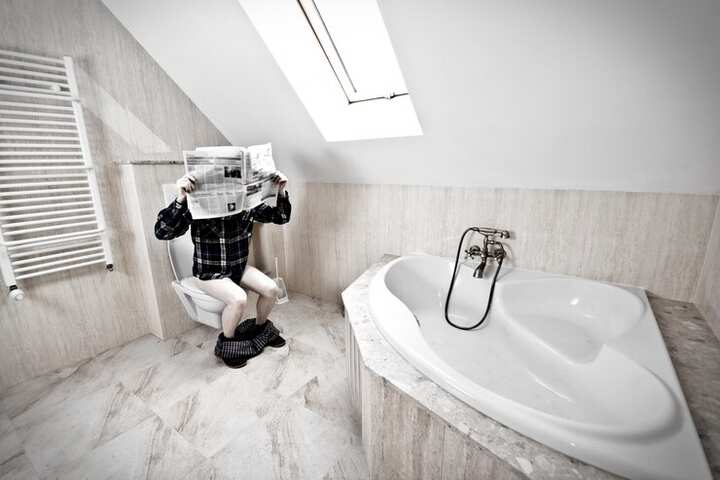
Ultimate Guide to Bathroom Heated Floor Installation
Imagine stepping onto a warm floor during a chilly morning. Heated bathroom floors provide not only comfort but also a luxurious upgrade to any home. Installing heated floors is a project that can enhance the functionality and aesthetic of your bathroom. This guide details the essential steps, considerations, and benefits of installing heated floors in your bathroom.
Understanding Heated Floor Systems
Before diving into installation, it is crucial to understand the different systems available for heated floors. Each type has its own advantages and considerations.
Types of Heated Floor Systems
- Electric Radiant Floors: These systems use electric cables or mats installed under the floor. They are easier to install, especially in existing bathrooms.
- Hydronic Radiant Floors: This system involves circulating heated water through pipes beneath the floor. It is more energy-efficient for larger areas but requires more extensive installation.
Preparation for Installation
Effective preparation is key to a successful heated floor installation. Consider the following steps:
- Evaluate the Existing Flooring: Determine if your current flooring can accommodate a heated system or if a replacement is necessary.
- Measure the Space: Accurate measurements ensure that you purchase the correct amount of materials.
- Choose the Right System: Select between electric or hydronic based on your budget, bathroom size, and energy efficiency needs. Read more about this topic.
Installation Process
Once prepared, follow these steps for a smooth installation process:
Step 1: Electrical Setup
Ensure that the electrical system in your bathroom can support the additional load of a heated floor. It may be necessary to install a dedicated circuit. Learn more in this detailed guide.
Step 2: Insulation
Insulation is crucial for maximizing efficiency. Install an insulating layer beneath the heating elements to prevent heat loss.
Step 3: Laying the Heating Elements
- Electric Systems: Lay the heating mats or cables as per the manufacturer's instructions, ensuring even distribution.
- Hydronic Systems: Install the network of pipes carefully, ensuring there are no leaks.
Step 4: Install the Flooring
Once the heating elements are in place, install your chosen flooring over the system, being careful not to damage the heating elements.
Step 5: Connect the Thermostat
A thermostat regulates the temperature of the floor. Install and connect the thermostat according to the system's specifications.
Benefits of Heated Bathroom Floors
Heated floors are an investment that offers several benefits:
- Comfort and Luxury: Enjoy a warm, comfortable floor year-round.
- Energy Efficiency: Heated floors can be more efficient than other forms of heating.
- Increased Property Value: Adds a touch of luxury that can enhance the marketability of a home. Explore further insights here.
Conclusion
Installing heated floors in a bathroom is a project that combines comfort with elegance. While it requires careful planning and execution, the benefits significantly outweigh the challenges. If you are considering this upgrade, ensure you are well-informed and prepared for the process. Check out customer reviews here to see how others have transformed their bathrooms with heated floors. For further guidance and detailed instructions, find additional information here.